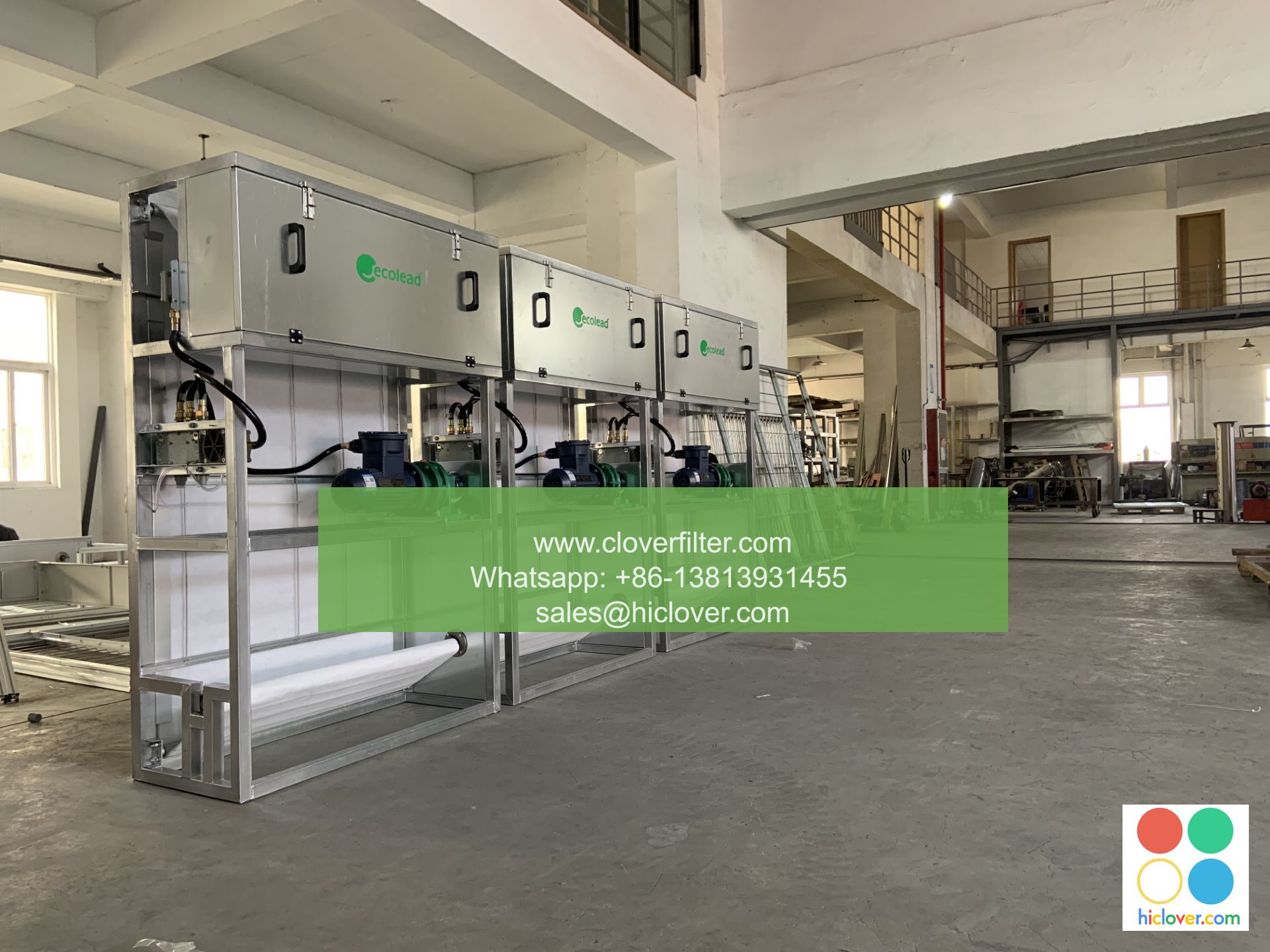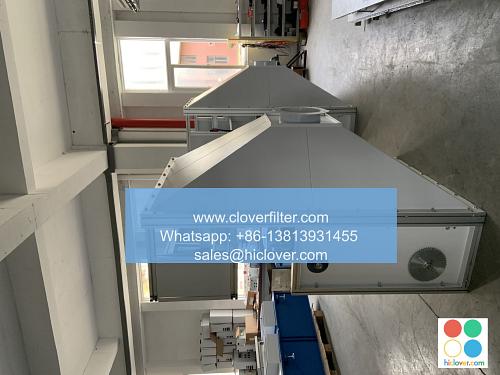Air Filter Ratings: A Review of the Common Ratings and Their Meanings

Air filter ratings are a crucial aspect of indoor air quality, as they determine the effectiveness of an air filter in removing pollutants and allergens from the air. With various ratings available, it can be overwhelming to understand their meanings and applications. In this article, we will review the common air filter ratings, their meanings, and their applications in residential, commercial, and industrial settings.
Introduction to Air Filter Ratings
Air filter ratings are used to measure the performance of an air filter in capturing particles of different sizes. The most common ratings are MERV (Minimum Efficiency Reporting Value), HEPA (High Efficiency Particulate Air), and ULPA (Ultra Low Penetration Air). These ratings are used to evaluate the filter’s ability to remove particulate matter, dust, mold, bacteria, and viruses from the air.
Understanding MERV Ratings
MERV ratings range from 1 to 20 and are used to measure the filter’s ability to capture particles between 0.3 and 10 microns in size. A higher MERV rating indicates a more efficient filter. Here’s a breakdown of the MERV ratings and their applications:
- MERV 1-4: Basic filters that capture large particles such as dust and lint. Suitable for residential applications.
- MERV 5-8: Filters that capture smaller particles such as mold and pet dander. Suitable for residential and commercial applications.
- MERV 9-12: Filters that capture even smaller particles such as bacteria and viruses. Suitable for commercial and industrial applications.
- MERV 13-16: High-efficiency filters that capture ultrafine particles. Suitable for industrial and pharmaceutical applications.
- MERV 17-20: Ultra-high-efficiency filters that capture 99.97% of particles. Suitable for cleanrooms and laboratories.
- Residential: MERV 1-8 filters are suitable for residential applications, providing basic indoor air quality improvement.
- Commercial: MERV 5-12 filters are suitable for commercial applications, providing improved indoor air quality and odor control.
- Industrial: MERV 13-20 filters are suitable for industrial applications, providing high air quality and process control.
- Cleanrooms: HEPA and ULPA filters are suitable for cleanroom applications, providing ultra-high air quality and contamination control.
HEPA and ULPA Ratings
HEPA and ULPA ratings are used to measure the filter’s ability to capture ultrafine particles. HEPA filters are designed to capture 99.97% of particles as small as 0.3 microns, while ULPA filters capture 99.999% of particles as small as 0.12 microns. These filters are commonly used in hospitals, laboratories, and cleanrooms where high air quality is crucial.
Applications of Air Filter Ratings
Air filter ratings have various applications in residential, commercial, and industrial settings. Some of the key application areas include:
Conclusion
In conclusion, air filter ratings are essential in determining the effectiveness of an air filter in improving indoor air quality. Understanding the common ratings such as MERV, HEPA, and ULPA can help in selecting the right filter for residential, commercial, and industrial applications. By choosing the right filter, you can improve indoor air quality, reduce allergies and respiratory issues, and create a healthier environment.
It seems like you didn’t provide a prompt. Could you please provide more details or clarify what you are looking for? I’m here to help with any questions or tasks you might have!


